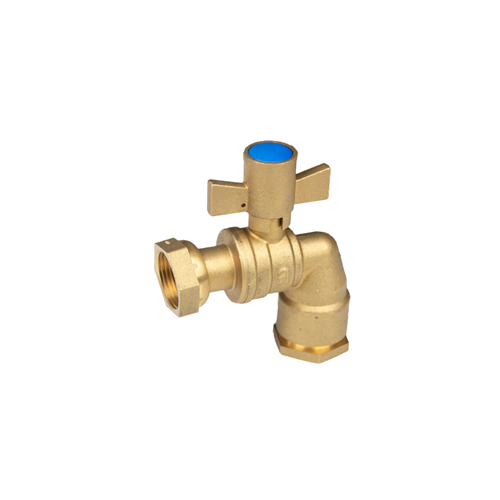When encountering common problems with brass ball valves, here are some more detailed solutions:

Leakage Issues:
Check Valve Sealing Surface: Inspect for damage, wear, or corrosion on the sealing surface between the ball and the seat. If an issue is found, replace the sealing components.
Inspect Valve Connections: Ensure that the valve’s threaded connections are tight and undamaged. Use sealing tape or gaskets for proper sealing.
Check Ball and Seat: Examine the ball for damage or foreign objects obstructing the seat, causing leaks. If an issue is detected, repair the ball or clean the seat.
Inflexible Operation:
Inspect Valve Stem: Check for rust, damage, or blockages in the valve stem. If rust is present, use fine sandpaper or a wire brush to remove it and apply lubricant.
Check Ball and Seat: Verify if foreign objects are obstructing the ball, leading to inflexible operation. Clear any foreign objects from the ball and seat.
Inspect Operating Device: Check if the handle, handwheel, or actuator is damaged or loose. If issues are present, repair or replace the operating device.
Incomplete Pressure Relief:
Check Ball and Seat: Ensure a proper seal between the ball and seat. If there is damage or wear, repair or replace the components.
Inspect Valve Sealing Surface: Check for damage or wear on the valve sealing surface and replace the sealing components if necessary.
Verify Operating Device: Ensure the operating device is functioning properly to achieve complete valve closure.
Excessive Valve Noise:
Check Ball and Seat: Ensure a tight fit between the ball and seat. If there are gaps, repair or replace the ball and seat.
Inspect Operating Device: Verify the operating device is functioning correctly for smooth valve operation.
Install Noise Reduction Devices: Consider installing noise reduction devices such as silencers or pressure relief devices at the valve’s inlet and outlet to reduce noise.
Valve Fails to Fully Close:
Check Ball and Seat: Inspect the ball for damage or foreign objects obstructing the seat, and repair the ball or clear any obstructions.
Inspect Valve Stem: Check for rust, damage, or blockages in the valve stem, and clean or lubricate as needed.
Verify Operating Device: Ensure the operating device is functioning correctly to achieve full valve closure.
